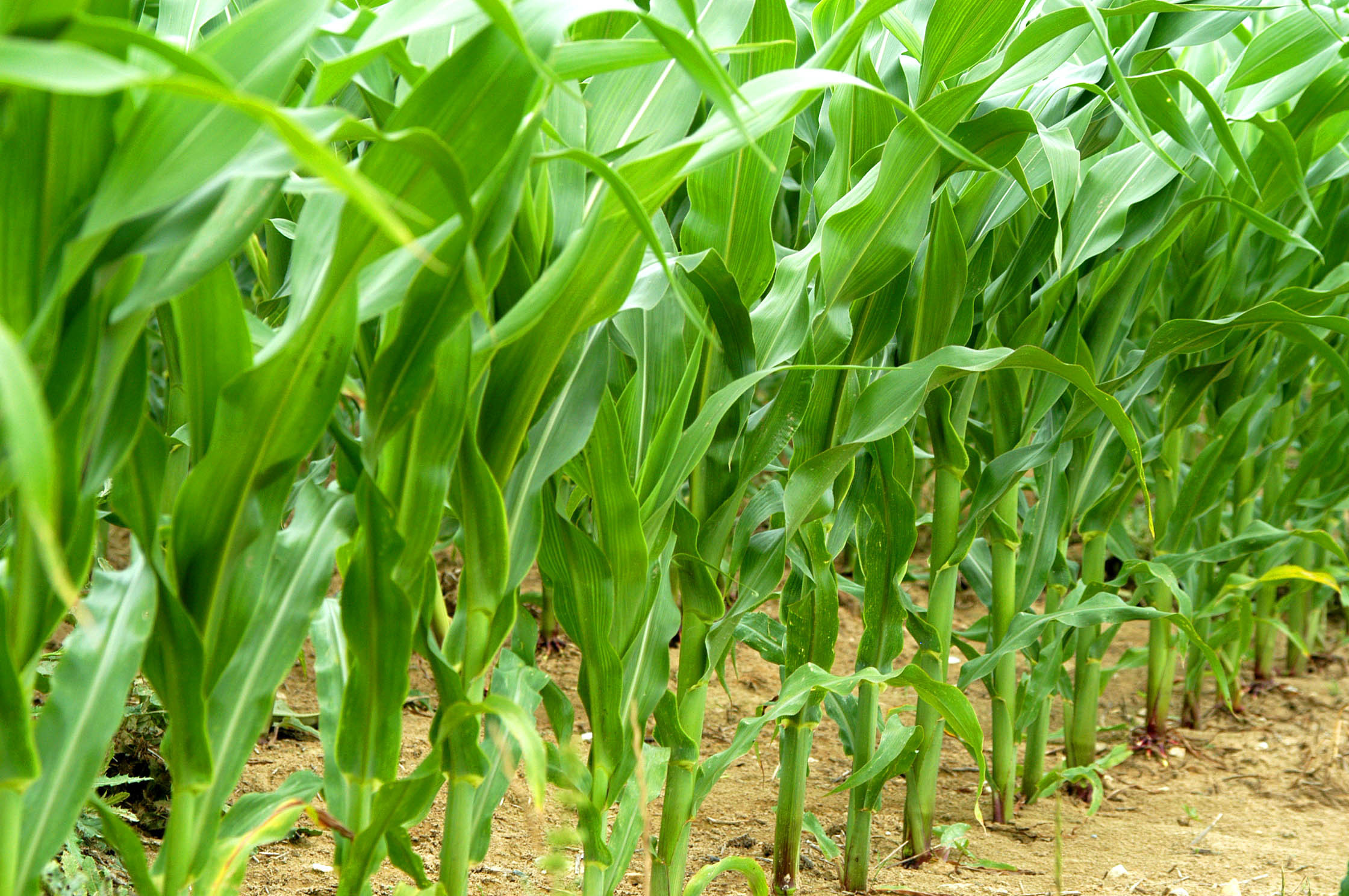Timing is Key – Describing the Critical Stages of Yield Production
Timing is Key – Describing the Critical Stages of Yield Production

The effect of management practices or stress on corn and soybean yields often depends upon when it happens. It’s not just how dry it is or how hot it is, but when it’s hot or dry. ‘When’ refers to what the crop is doing. As with most things in life – timing is all important.
We need a framework to help us understand this timing effect. Nearly 60 years ago a Japanese Crop Physiologist (Murata, 1969) described the yield production process by dividing it into three phases. Phase I - Formation of organs for nutrient absorption and photosynthesis (vegetative growth), Phase II - Production of flower organs and the yield container (determination of seed number), and Phase III - Production and translocation of yield contents (seed filling).
I think this simple model is a very useful tool to help us think about timing and yield for the following reasons. First, it emphasizes the sequential nature of the process – first the plant grows vegetatively (Phase I), then it flowers and sets seeds (Phase II), and, finally, it fills the seeds (Phase III), and yield is produced. Events early in the sequence can have implications for processes later in the sequence.
Secondly, this model relates directly to the Universal Yield Equation [Yield per acre = (number of seeds per acre) x (weight per seed)] with seed number fixed during Phase II and weight per seed (seed size) during Phase III.
Finally, this simple model applies to all grain crops (after all, economic yield is always the seed regardless of the species), although there are some species differences in details. Soybean, for example, continues vegetative growth (Phase I) until the end of Phase II while there is a clearer separation of the three phases in corn.
The crop produces the photosynthetic machinery that will ultimately produce yield during Phase I (vegetative growth). Stress during this phase (in soybean, the portion of Phase I occurring before Phase II) may not affect yield if the plants are healthy and produce enough leaf area to completely cover the ground at the beginning or shortly after the beginning of Phase II. Sunshine that reaches the soil does not contribute to photosynthesis of the crop and, to make matters worse, it helps weeds grow. Having complete ground cover (leaves intercept almost all the sunshine) near the beginning of phase II is a requirement for maximum yield.
The number of seeds per acre (the size of the yield container) is determined during Phase II making this phase critical for high yield. Phase II in soybean runs from Growth Stage R1 (one open flower at any node on the main stem) to a little past Growth Stage R5 [at least one pod at the top four nodes with a completely unrolled leaf contains a 3 mm (1/8 inch) seed] while in corn, this phase is often considered to run from 20 days before silking to 20 days after silking.
Seed number is related to the supply of simple sugars from photosynthesis during this phase, assuming there are enough flowers (never a problem with soybean). If there are not enough flowers, there will not be enough seeds for high yield (happens in corn if the population is too low). Any stress that reduces photosynthesis during this period will reduce seed number and probably yield.
I say probably because increases in seed size can compensate for reductions in seed number and limit the effect of stress during Phase II on yield. Soybean seeds are more flexible than corn kernels, but there is limit to how much they can flex (you can’t fit a golf ball into a soybean pod) and how much they can compensate. The bottom line is that reductions in seed number during Phase II will probably reduce yield, so avoiding stress during Phase II is a must for high yields.
The length of Phase II varies, but Crop Physiologists are not in agreement over the importance of this variation. Some believe (and there is data to support this position) that a longer Phase II results in more seeds and higher yields. Others (including me) believe that length is not important. We believe that, since seed number is related to the productivity of the crop, including length will disrupt this relationship. The crop would produce more seeds than it could fill, resulting in abnormally small seeds.
Yield is produced during Phase III which ends at Growth Stage R7 (one normal pod on the main stem that has reached its mature pod color) in soybean and at Black Layer (black layer formed at the base of the kernels) in corn. Yield production is complete at the end of Phase III, but the seeds must dry before they can be harvested.
Not surprisingly, the length of the seed filling period, which has a genetic and an environmental component, is directly related to yield. The longer the seeds grow, the higher the yield.
Phase III has several interesting characteristics. First, it is short, usually lasting only 30 to 40 days, so all systems must be go to produce high yields in such a short time. The crop allocates most of its growth (~70% out of a 115-day growth cycle, for example) to preliminary events (Phase I and II) with only ~30% (35- day seed-filling period) to producing yield.
The second interesting characteristic is that early in seed filling the leaves start to senesce, breaking down the photosynthetic apparatus and shipping the breakdown products to the developing seeds. It seems strange that the crop starts destroying its capacity to produce yield just when it finally starts actually accumulating yield. Senescence does, however, increase the efficiency of nitrogen use by reducing the amount left in the leaves and stems at maturity.
Stress during phase III will reduce seed size and yield. High temperatures shorten the seed-filling period as does moisture stress. We found in greenhouse experiments that the acceleration of leaf senesce by moisture stress could not be reversed by rewatering the plants after only 3-days of stress making yield vulnerable to short periods of water stress.
Murata’s (1969) three phase model of the yield production process helps us think about how the environment and management practices affect yield. The simple model describes the sequential nature of the process and identifies the critical periods for maximizing yield. First the crop produces the photosynthetic machinery, then the yield container (seed number) and finally it fills the container. Understanding this model will lead to better management decisions and that means more money in the bank.
This model fits the concept expressed by Albert Einstein (physicist, Noble laureate, 1879-1955) that “Everything should be made as simple as possible, but not simpler.”
Adapted from Egli, D.B. 2021. Applied Crop Physiology: Understanding the Fundamentals of Grain Crop Management. CABI. Wallingford, UK. 178 pp.
References
Murata, Y. 1969. Physiological responses to nitrogen in plants. p. 235-259. In: Eastin, J.D. et al. (eds). Physiological Aspects of Crop Yield. ASA-CSSA. Madison WI.
| Citation: Egli, D. 2025. Timing is Key – Describing the Critical Stages of Yield Production. Kentucky Field Crops News, Vol 1, Issue 5. University of Kentucky, May 16, 2025. |

